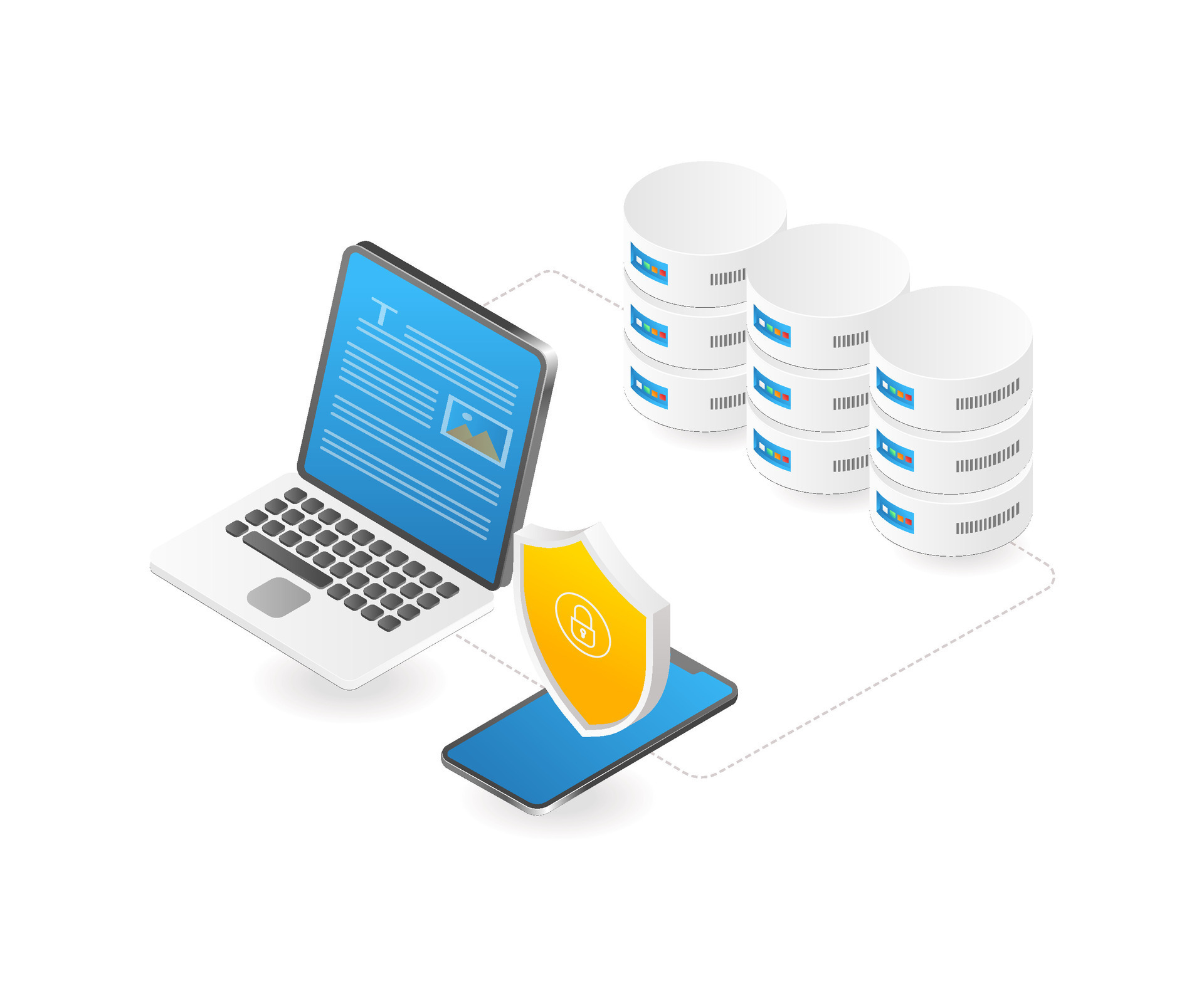Most Popular Programming Languages To Learn In 2024

This guide covers list of most popular programming languages. To assist you choose which languages to learn, Axalize willl examine each language's properties, applications, and industry need. This guide will show you the most popular programming languages, whether you're interested in web development, data science, AI, mobile app development, or another sector.
What is a Programming Language?
Programming languages structure human-computer communication. It gives programmers a rigorous set of rules and syntax to construct code that computers can read and execute. These languages enable software, application, website, and computational system development with specialized syntax and semantics.
Low-level programming languages closely mimic the computer's hardware and architecture, whereas high-level languages abstract hardware details and give more user-friendly features and constructions. Programming languages let developers communicate algorithms, logic, and computational processes to computers at any level.
Read more: 10 best programming languages for web development
Types of Programming Languages
Procedural Programming Languages
Procedural programming simplifies and organizes code by using procedures or functions as reusable blocks. C, Pascal, and FORTRAN are highly sought-after programming languages that support this approach.
When working on this code, it is structured by breaking it down into functions or procedures. They are mainly self-contained sub-programs designed to carry out a particular function. These procedures can be invoked from other parts of the program, enabling versatile programming and code reusability. The main focus is on the methodical implementation of a program. Moreover, it highlights the sequence of steps and impacts data saved in variables.
Functional Programming Languages
Functional programming languages offer greater flexibility compared to procedural languages. It consists of a range of functions. This programming approach emphasizes the utilization of model computations and data transformation. Haskell, Clojure, Lisp, and Scala are the languages that embrace this approach.
Embracing functional programming enhances the clarity and dependability of programs. The functions only work based on their input arguments. Although not as widely recognized, they have seen a significant surge in popularity within the educational sector. They get stored in variables, are passed as arguments to other functions, and bring back results from other functions.
Functional programming excels in parallel processing efficiency. They do not have any changeable state. You can write functions and simultaneously work as instructions. This code structure enables nested functions and comprises self-contained modules that operate seamlessly. Therefore, this is a more effective approach.
Object-oriented Programming Languages
Objects in an object-oriented programming language determine both the data and behavior of objects. These items usually consist of data attributes that represent the state of the object and methods. This programming language allows users to create intricate systems with interconnected objects.
This programming concept conceals implementation details from external sources by using encapsulation. This enables the creation of complex systems without worrying about the internal details of individual objects. Another advantage that contributes to the popularity of this language is its inheritance feature. It generates a hierarchy of categories with similar characteristics, yet offers room for personalization.
Scripting Languages
Easy to grasp with a straightforward syntax and flexible typing, this scripting language is interpreted instead of compiled. These languages facilitate communication with other programming languages.
- Most developers consider Python the easiest programming language. Object-oriented programming language. High-level data structures and built-in libraries make this programming language easy to use for speedy application development. It's simple, deciphered, and uses a dynamic semantic language.
- Perl is a dynamic language with unique features that set it apart from other options on Linux and Windows Server. Popular websites often utilize Perl for text manipulation tasks, such as IMDB.
- Bash is a scripting language that serves as the default command interpreter on many Linux/GNU operating systems. This programming language is simpler compared to most other programming languages. Using Bash simplifies the process of creating scripts to store documentation for others and offers a variety of helpful reusable scripts.
Logic Programming Languages
This type of computer programming is centered around formal logic, as the name implies. This programming language program comprises a set of logical statements or rules that establish relationships among objects. It enables the system to predict new data.
Artificial intelligence and expert systems often rely on this language for reasoning and conjecture. This programming language enables concise and expressive code that is easier to understand and maintain compared to programs in other paradigms.
Imperative Programming
Imperative programming involves the programmer giving a series of instructions for the computer to follow in order to change the program's state and data structure. This concept outlines the sequence of actions a computer must follow to solve a program, rather than focusing on defining the mathematical function. C, C++, Java, and Python are among the essential programming languages.
The Imperative language is widely used in software development for system programming and low-level tasks, providing direct control over hardware resources.
Top 10 most popular programming languages
Python
Due of its simplicity, readability, and applicability, Python has grown rapidly. It is programming languages used in most popular websites, data science, machine learning, AI, scientific computing, automation, and more. Its large standard library and strong ecosystem of third-party libraries and frameworks like Django, Flask, NumPy, Pandas, and TensorFlow make it popular. Python's syntax promotes readability and clean, maintainable code, making it great for beginners and experts.
JavaScript
Web development relies on JavaScript to enable interactive and dynamic sites. This client-side scripting language lets developers build responsive user interfaces and interactive online apps. All major web browsers offer JavaScript, which is used alongside HTML and CSS. JavaScript is popular for server-side programming because to Node.js, allowing developers to build full-stack apps in one language. JavaScript frameworks and libraries like React.js, Angular, and Vue.js simplify front-end development, boosting their popularity.
Java
Java is popular for corporate software development because to its portability, resilience, and scalability. It's used to construct huge systems, web apps, Android apps, desktop apps, and backend services. The Java Virtual Machine (JVM) supports Java's "write once, run anywhere" philosophy, allowing Java applications to operate on any platform with few modifications. The vast ecosystem of libraries, frameworks, and tools like Spring, Hibernate, and Maven solidifies Java's status as a top programming language for companies and developers.
C#
C#: Microsoft developed C# (pronounced C sharp), a flexible programming language used to construct Windows desktop, corporate, and online applications in the.NET environment. It's simple, scalable, and compatible with Microsoft technologies. C# is popular in game creation, notably with Unity, and is growing in cloud computing and server-side programming with.NET Core. Microsoft developers love the language's robust typing, current syntax, and comprehensive tools.
C++
C++ is a strong programming language used in system/software development, game development, embedded devices, and high-performance computing. It controls hardware resources at the low level and performs well. Operating systems, device drivers, gaming engines, and performance-critical applications that require speed and resource efficiency are written in C++. In businesses where performance is crucial and resources are few, C++ is essential despite its high learning curve.
TypeScript
TypeScript compiles to ordinary JavaScript and is statically typed. JavaScript's optional static typing, classes, interfaces, and other features boost developer efficiency and code quality, especially in big online applications. TypeScript's compile-time error detection, code refactoring, and tools support make it popular among developers. Angular and React are used to construct scalable and maintainable web apps with it.
PHP
Despite criticism for its architecture and peculiarities, PHP is a popular server-side scripting language for web development. It powers WordPress, Magento, and Facebook, among other prominent websites and web apps. PHP's ease of use, extensive hosting availability, and huge ecosystem of libraries and frameworks make it popular among dynamic web application developers.
C
The core programming language C has endured. It is utilized in system programming, operating system development, embedded systems, and low-level programming that requires hardware resource control. C is essential in high-performance, reliable sectors like telecommunications, networking, and real-time systems due to its simplicity, efficiency, and portability.
Swift
Swift, Apple's modern, statically typed programming language, builds iOS, macOS, watchOS, and tvOS programs. Type inference, optionals, and memory safety make it safe, fast, and expressive. Swift replaces Objective-C as the primary Apple platform programming language owing to its modern syntax, performance, and compatibility. Swift gains popularity as more developers use Apple's platforms and ecosystem.
SQL
Standard relational database management system language is SQL. To query, update, and manage database data, data-driven applications and systems need it. SQL allows developers create database structure, constraints, and relationships and retrieve, insert, remove, and edit data. SQL's simplicity, power, and popularity make it the industry standard despite NoSQL's progress.
Conclusion
In conclusion, developers must keep current on programming language trends and technology to succeed in the fast-paced, ever-changing industry of software development. Aspiring developers may use programming languages to open doors and make their impact in 2024 and beyond with effort, tenacity, and adaptability.
With many years of expertise and a team of professionals in various programming languages, Axalize is convinced that we can satisfy all of your requirements. You may discover more about our services by visiting the Axalize website.


